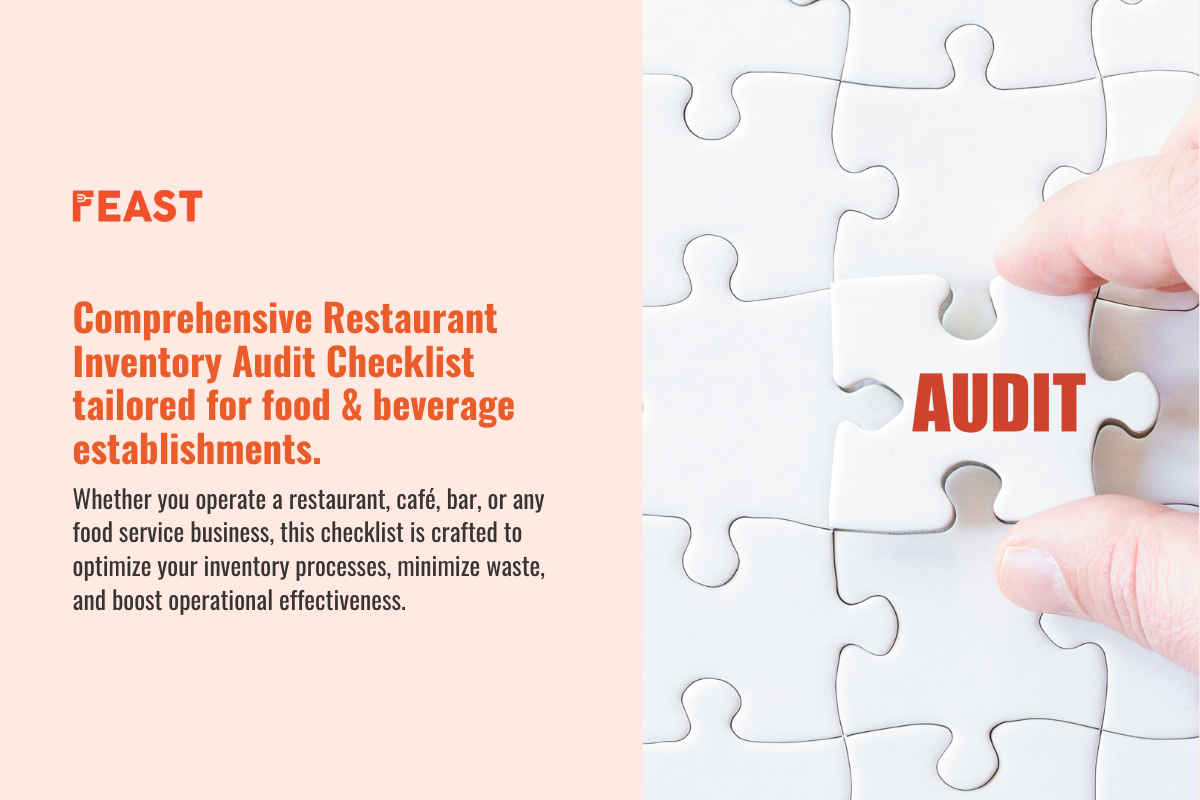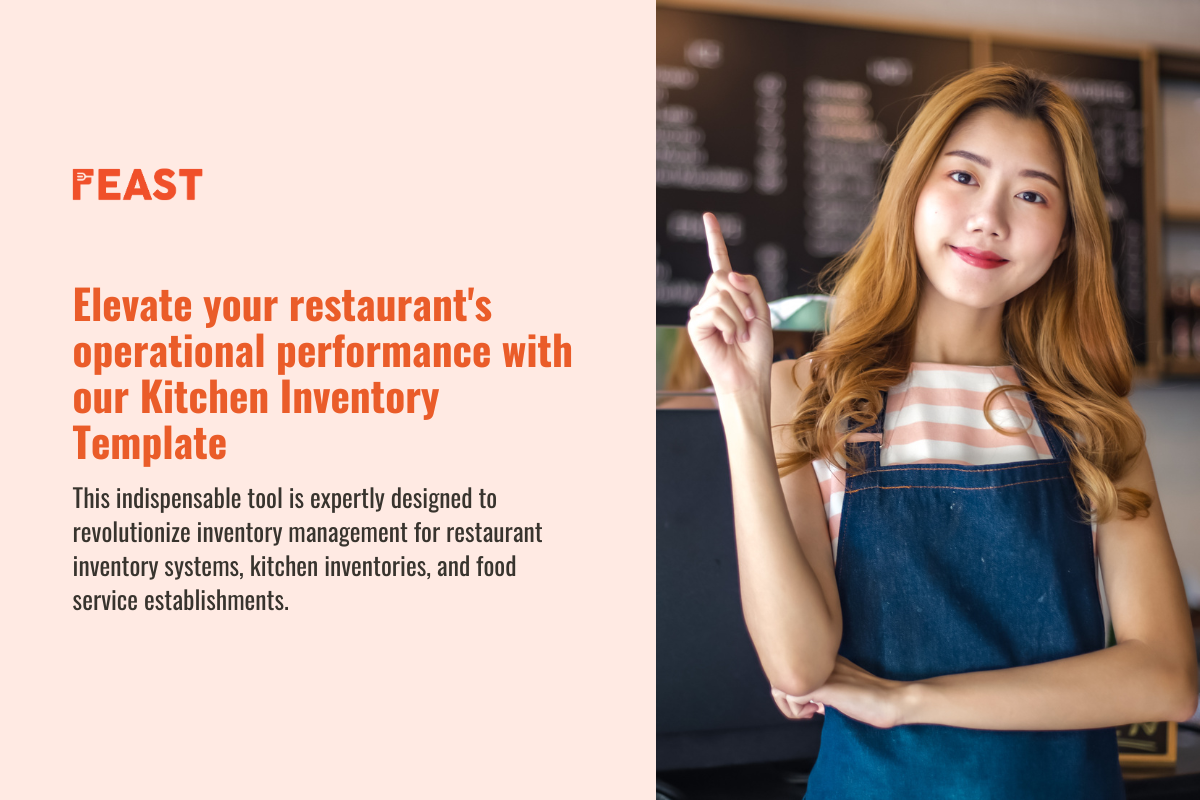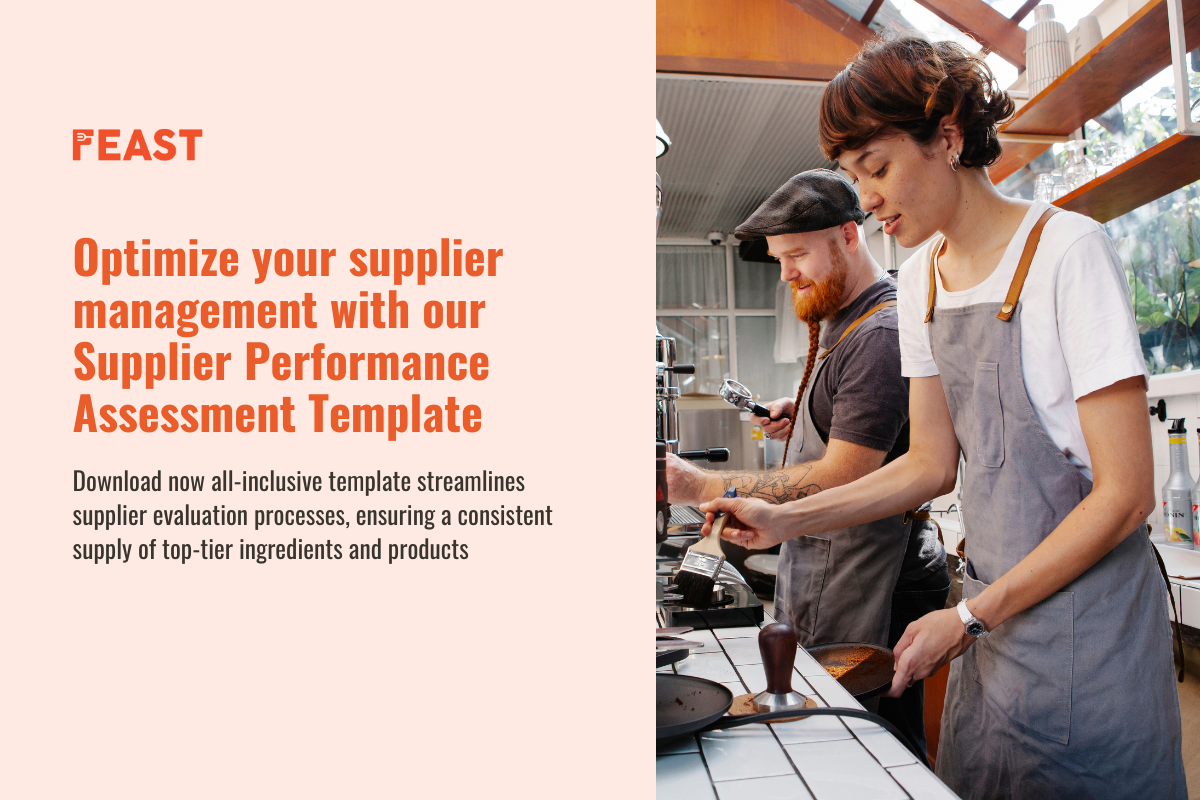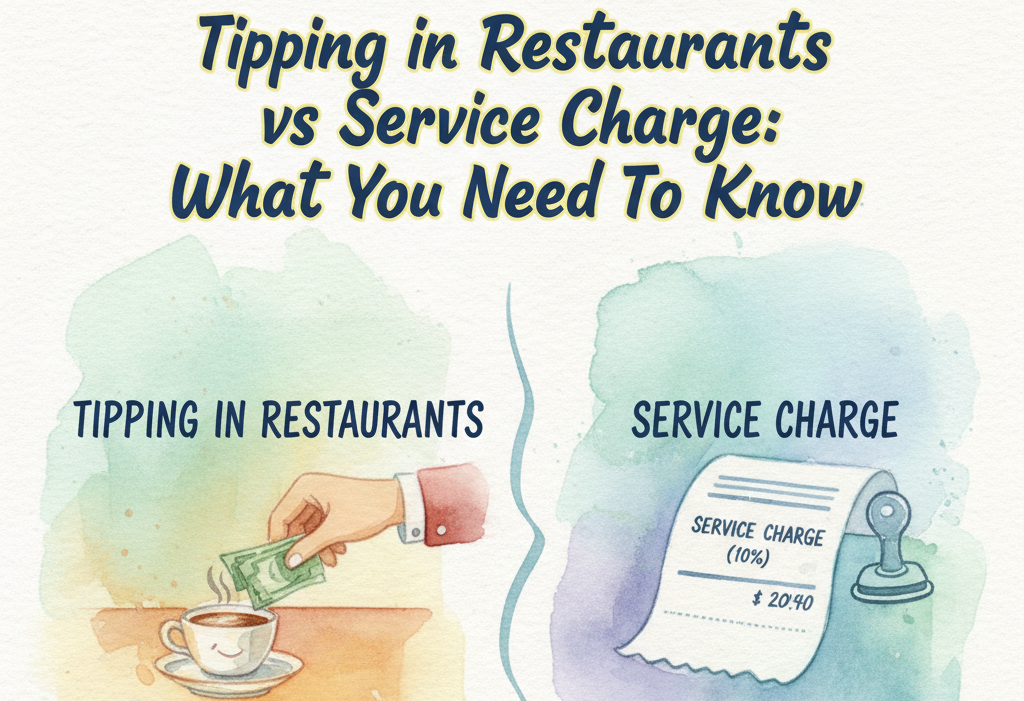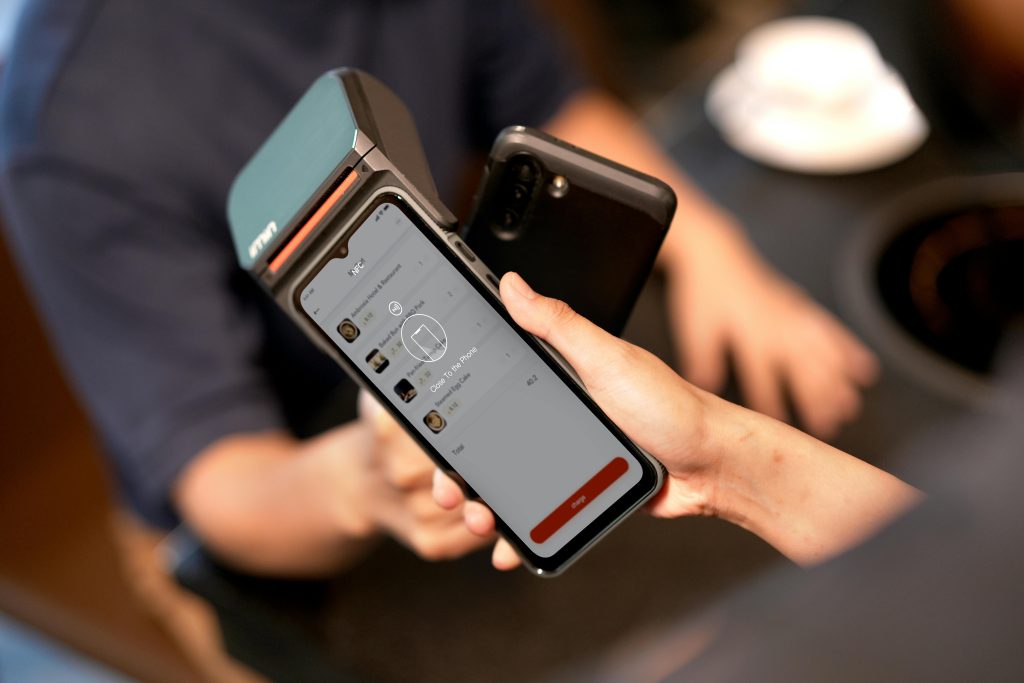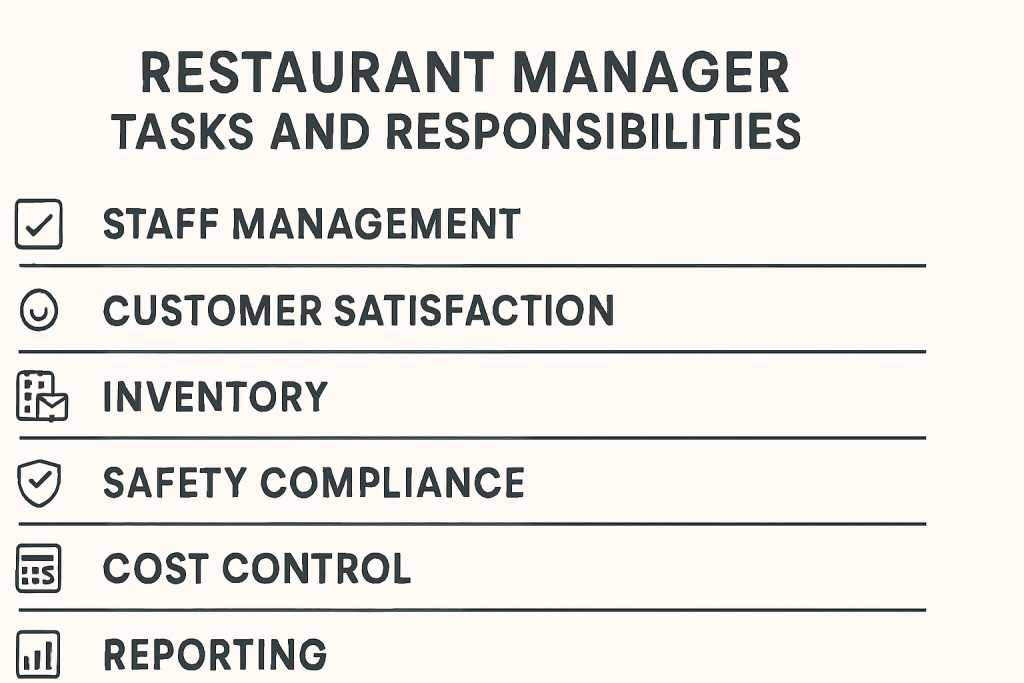Managing a restaurant in Malaysia can be stressful. You are always on your toes, juggling different tasks, solving problems, and making sure your customers are happy. From the moment your staff walk in until the last customer leaves, your job is never really done. This is where a clear restaurant manager duties checklist can make your life easier.
Whether you manage a small eatery in Penang or a mid-sized café in KL, the day-to-day challenges are similar. Staff don’t show up on time. Orders go missing. Inventory levels drop suddenly. And on top of that, there’s customer service, finance, and compliance to deal with. If you are trying to handle all of this without a clear plan or tool, you’ll feel overwhelmed.
This blog will help you understand your restaurant manager’s responsibilities better, show you what goes into a practical checklist, and explain how using a modern POS system in Malaysia can make it all much simpler.
What is a Restaurant Manager’s Duties Checklist?
A restaurant manager’s duties checklist is a simple tool—either on paper or digital—that helps you stay organised every day. It includes all the important tasks you need to complete daily, weekly, or monthly. With a checklist, you don’t have to rely on memory or guess what needs to be done next. It often covers opening and closing procedures, assigning staff shifts, checking inventory levels, making sure hygiene and food safety rules are followed, handling cash properly, and solving customer complaints. When everything is written down, you avoid confusion and reduce mistakes. It also helps others take over when you’re not there, ensuring smooth operations even in your absence. It’s your go-to guide for keeping everything in order.
Why Is It Important to Follow a Restaurant Manager Duties Checklist?
When you’re managing everything from the kitchen to customer feedback, small tasks can easily slip through the cracks. But missing even one step—like restocking an ingredient or checking staff performance—can lead to bigger issues later. A restaurant manager’s checklist helps you stay organised and focused, so nothing gets forgotten. It allows you to keep track of what’s done, hold your staff accountable, and reduce waste from poor stock control. It also improves customer service because your team knows exactly what to do. Over time, this habit of following a checklist leads to smoother operations. According to QSR Magazine, restaurants using checklists regularly reduce operational mistakes by up to 25%, which helps you avoid losses and keep things running properly.
What are the Duties of a Restaurant Manager?
Managing Staff and Training the Right Way
As the restaurant manager, one of the most important responsibilities you have is leading your team. Your staff represents your business. They’re the ones interacting with customers, preparing food, and keeping the place running smoothly. That’s why proper training and team management should be at the top of your restaurant manager’s duties checklist. You need to make sure every staff member knows their role, understands the SOPs, and maintains a polite and professional attitude with customers.
Start your day by checking staff attendance. Make sure everyone is present and ready to work. A short briefing before the shift can help set expectations and remind your team about any special items or promotions. Assigning tables to servers or workstations to kitchen staff ensures that tasks are distributed clearly. Throughout the shift, observe how your team is working. Offer feedback where needed—both positive and constructive. Lastly, plan regular training sessions so your team keeps improving. When your team knows what’s expected of them and feels supported, they work more confidently, and you deal with fewer customer complaints or service delays.
Operations and Customer Service Management
Another key part of your restaurant manager’s responsibilities is handling the daily operations and customer service. Every detail counts—from how clean your kitchen is to how fast the orders reach the table. Smooth operations don’t just happen by chance. They require daily attention and a structured checklist.
Start by checking that the kitchen and dining areas are clean and ready for service. Look at the menu and confirm that all items are available and the prices are updated correctly. Make sure the tables are set properly and the overall ambience feels inviting. As the shift progresses, monitor customer interactions. Listen to their feedback, and if there’s a complaint, handle it quickly and politely. Also, keep an eye on delivery and takeaway orders. Late deliveries or incorrect items can affect your reviews and reputation. According to a 2024 Statista report, 69% of Malaysian customers say that good service is a major reason they choose where to eat. So, paying attention to operations directly improves customer satisfaction.
Managing Finances Without the Headache
Handling finances is also part of your restaurant manager’s duties and responsibilities. From daily sales to supplier bills, everything must be recorded properly. Begin by checking the cash in your register. Make sure it matches the sales at the end of the day. Record the total sales and note any discounts or promotions applied. Track supplier payments to ensure there are no delays, and always monitor wastage—whether it’s ingredients, packaging, or time.
Many managers in Malaysia still do this manually. But it’s time-consuming and full of chances for errors. One small mistake in your accounts can lead to lost profits without you noticing. Using a POS system can help you automate these tasks, making financial management easier, faster, and more accurate. When your finances are under control, you can focus on growing your business and improving your service.
How a POS System Can Help You Handle It All
Imagine having one tool for inventory, staff tracking, customer feedback, and financial reporting. That’s what a modern POS system like EasyEat offers you. With this system, you can manage your entire business, even when not at the outlet.
In Malaysia, where average monthly salaries for staff and ingredient costs are rising, using a POS system helps you save both time and money. It also reduces theft and wastage. A 2023 report from Retail Asia found that businesses using smart POS systems in Southeast Asia reduced their losses by up to 30%.
Instead of remembering everything yourself, you just log in to the POS dashboard. Everything is clear and organized. Whether you are in Johor or Kuching, you don’t need to be physically present to manage your store anymore.
Example of a Restaurant Manager Duties Checklist
Daily Checklist
Before Opening:
- Check staff attendance and assign roles
- Inspect the cleanliness of the kitchen and dining area
- Confirm stock levels for the day
- Brief staff on specials, promotions, and goals
- Ensure the POS system and payment terminals are working
During Service:
- Monitor food quality and presentation
- Observe staff-customer interactions
- Handle any customer complaints or feedback
- Keep track of order delays or issues
- Check on takeaway and delivery accuracy
End of Day:
- Review the daily sales report from the POS
- Count cash and close registers
- Note low stock or expired items
- Log staff performance and issues
- Make sure closing tasks are completed (cleaning, locking, etc.)
Weekly Checklist
- Schedule staff shifts and time-off requests
- Hold a short team meeting or training
- Review inventory and reorder supplies
- Check supplier invoices and make payments
- Analyse POS sales trends for best-selling and slow-moving items
- Inspect equipment and report maintenance needs
Monthly Checklist
- Review staff performance and attendance
- Plan promotions or menu changes
- Audit cash flow and monthly expenses
- Update SOPs if needed
- Deep clean kitchen and storage areas
- Run a full inventory count and compare with sales
- Review customer feedback and online reviews
FAQs
Managing a restaurant in Malaysia is not easy. But with the right checklist and a smart POS system, it doesn’t have to be so hard either. You can simplify your tasks, train your team better, manage finances with fewer mistakes, and keep your customers happy.
Stop doing everything the hard way. Make your job easier and more efficient—with the power of a checklist and the right tech by your side.


